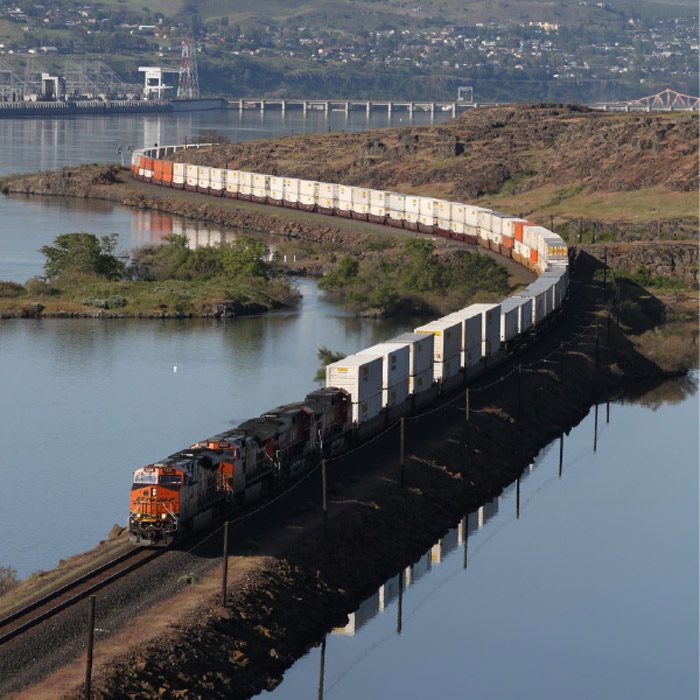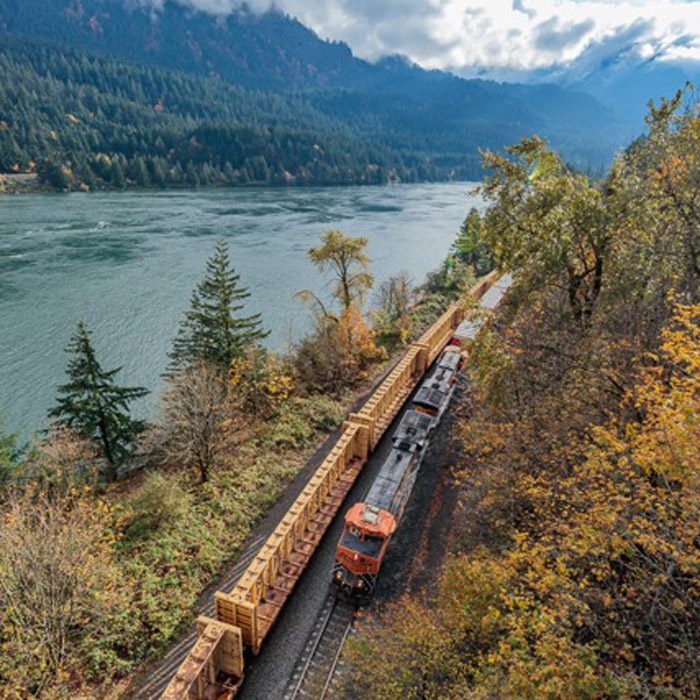
Today, BNSF announced its 2018 capital investment plan of $3.3 billion. This year’s capital plan reflects BNSF’s continued focus on maintaining its network as well as expansion projects aimed at meeting customer demands.
“Every year we work to ensure our capital investment plan enables us to continue to operate a safe and reliable rail network as well as anticipates the needs of our customers,” said Carl Ice, BNSF president and chief executive officer. “Our attention to safety and service, along with our investments in our network, provide a solid foundation for our ability to grow with our customers today and in the future.”
Since 2000 BNSF has invested more than $60 billion in its network all while remaining focused on its commitment to safety, maximizing efficiency and continuing to meet customers’ expectations. Like last year’s $3.3 billion capital program, the largest component of the plan will be to replace and maintain BNSF’s core network and related assets. Keeping the railroad well maintained ensures trains can run safely and helps limit the need for unscheduled service outages that can slow down the rail network and reduce capacity.
This year’s maintenance component is projected to be $2.4 billion. The projects included in this part of the plan will primarily be for replacing and upgrading rail, rail ties and ballast (which are the main components for the tracks on which BNSF trains operate) and maintaining its rolling stock. It will include approximately 13,000 miles of track surfacing and/or undercutting work and the replacement of more than 500 miles of rail and nearly 3 million rail ties. “Our infrastructure is strong and robust. Our efforts to normalize our maintenance investment have positioned us to replace the right assets at the right locations at the right time,” Ice said. “This allows our maintenance investment to be at similar levels year-to-year.”
Approximately $500 million of this year’s capital plan is for expansion and efficiency projects. The majority of those projects are focused on key growth areas along BNSF’s Southern and Northern Transcon routes, connecting Southern California with Chicago and the Pacific Northwest to Upper Midwest respectively. The company has also allocated $100 million for positive train control as it moves toward meeting the Dec. 31, 2018 implementation deadline. BNSF is the only Class I freight railroad to have completed the installation of PTC on all its federally mandated subdivisions and is currently running hundreds of trains daily with PTC as it tests revenue service across its mandated territory. Another element of its capital plan will be $300 million for freight cars and other equipment acquisitions.




